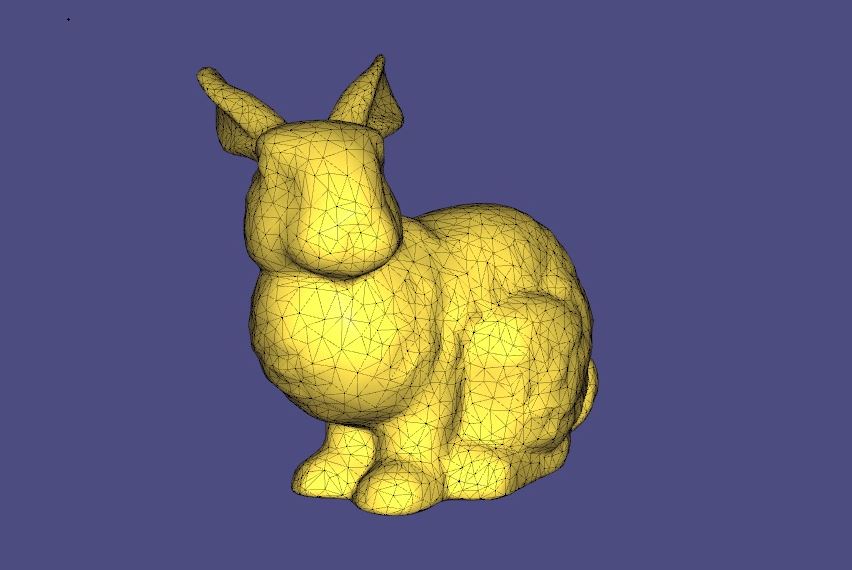Media Release
From: Springer Nature1. Biotechnology: Material with DNA memory remembers bunny blueprint
A 3D-printed bunny made using a material that contains the bunny blueprint encoded in synthetic DNA is reported in a paper in Nature Biotechnology. The DNA embedded in the original bunny was decoded and used to replicate the rabbit for five generations.
As the world’s data grows, it has become increasingly difficult for traditional storage architectures, such as hard drives and magnetic tapes, to keep pace with data requirements. With these devices reaching their limits, DNA has been proposed as a solution for long-term storage. Previous research has highlighted its endurance and ability to store vast amounts of information, but now researchers have identified applications for DNA storage that exploit its durability in ways not envisaged before.
Yaniv Erlich, Robert Grass and colleagues developed the “DNA-of-things” storage architecture to produce materials with immutable memory. To test this method, they encoded the blueprint for a computer graphics test model known as the Stanford Bunny into a DNA-compatible format. This was then stored in DNA molecules, which were enclosed in silica beads embedded into biodegradable thermoplastic polyester. This plastic was used to 3D print the bunny. The authors were then able to use the DNA stored within the bunny to replicate the object’s construction by clipping a miniscule piece from the rabbit and decoding the DNA molecules from the material. Five generations of bunny were made with no information loss, encapsulating DNA amplified from the previous generation into the next, and the DNA blueprint remained stable, even between the manufacture of the fourth and fifth generations nine months apart.
In a second experiment the authors encoded a video about the Oneg Shabbat archive, a collection of documents from the Warsaw Ghetto, into plexiglass and used this material to make ordinary reading glasses. The concealed information was recoverable from just a tiny fragment of plexiglass.
The authors propose that the ‘DNA-of-things’ concept could be applied to the manufacturing of everyday objects that conceal information and might even be a step towards self-replicating machines.


